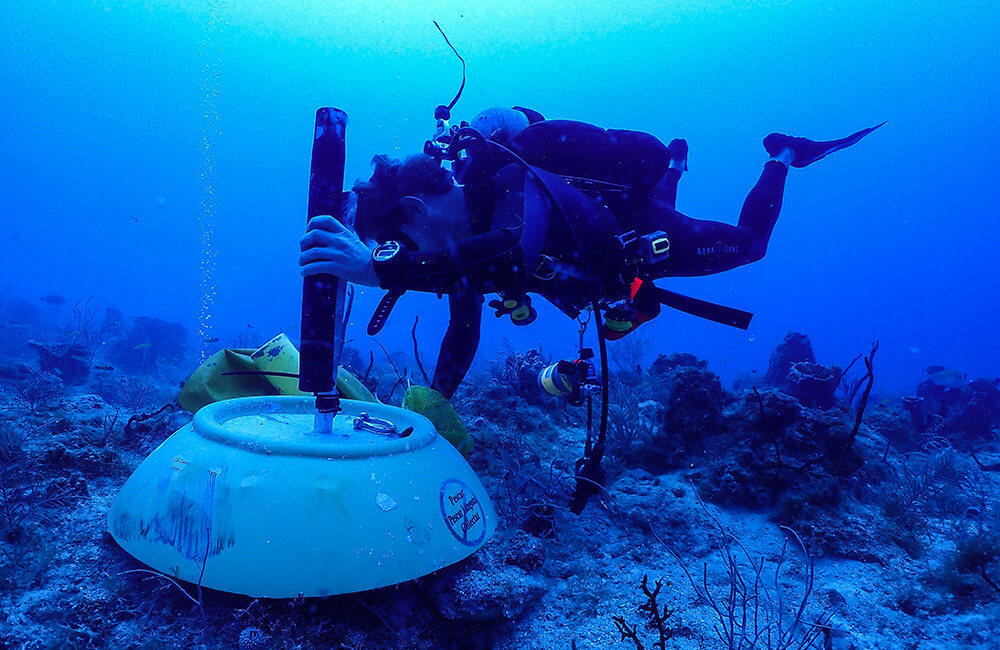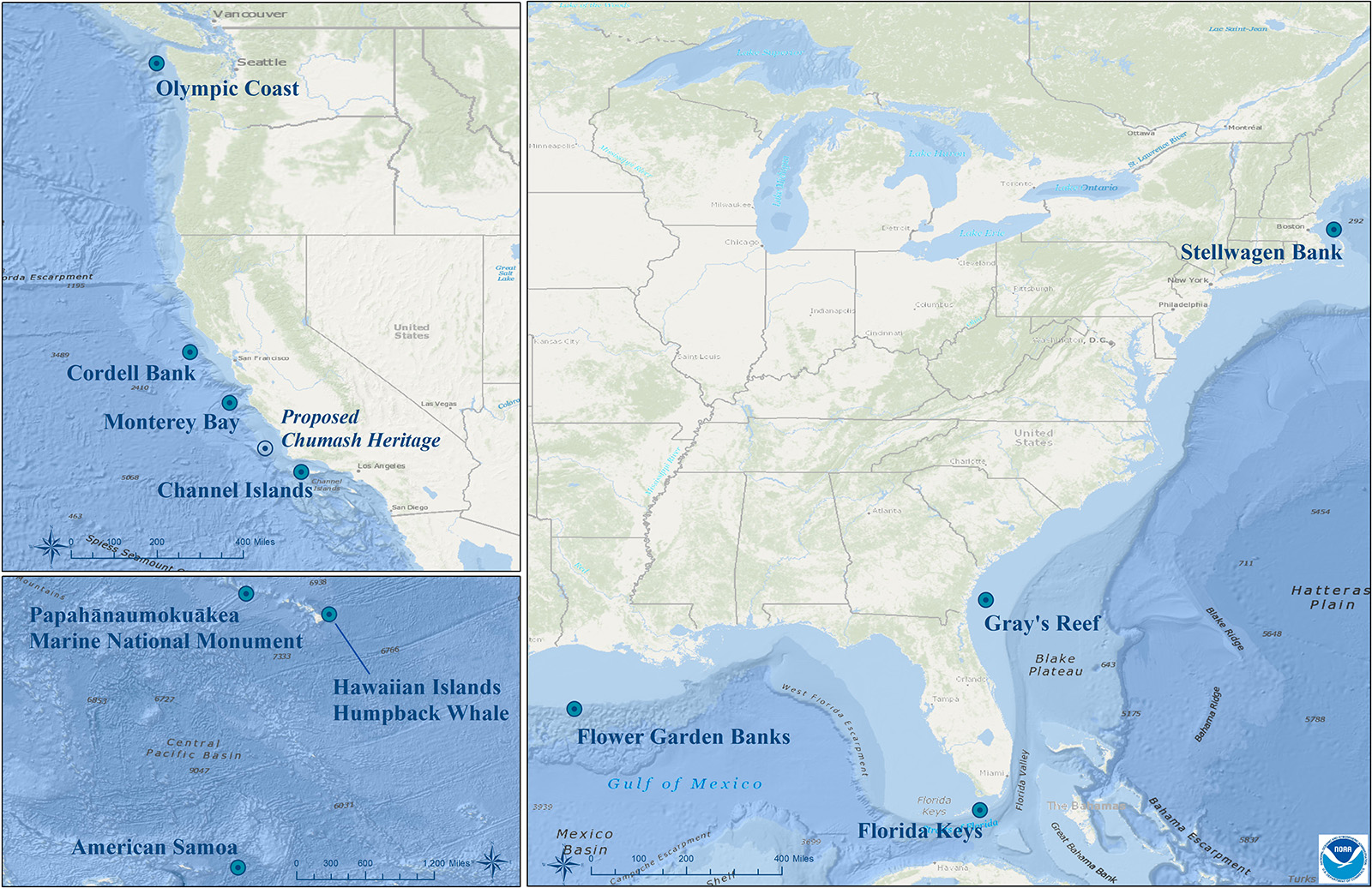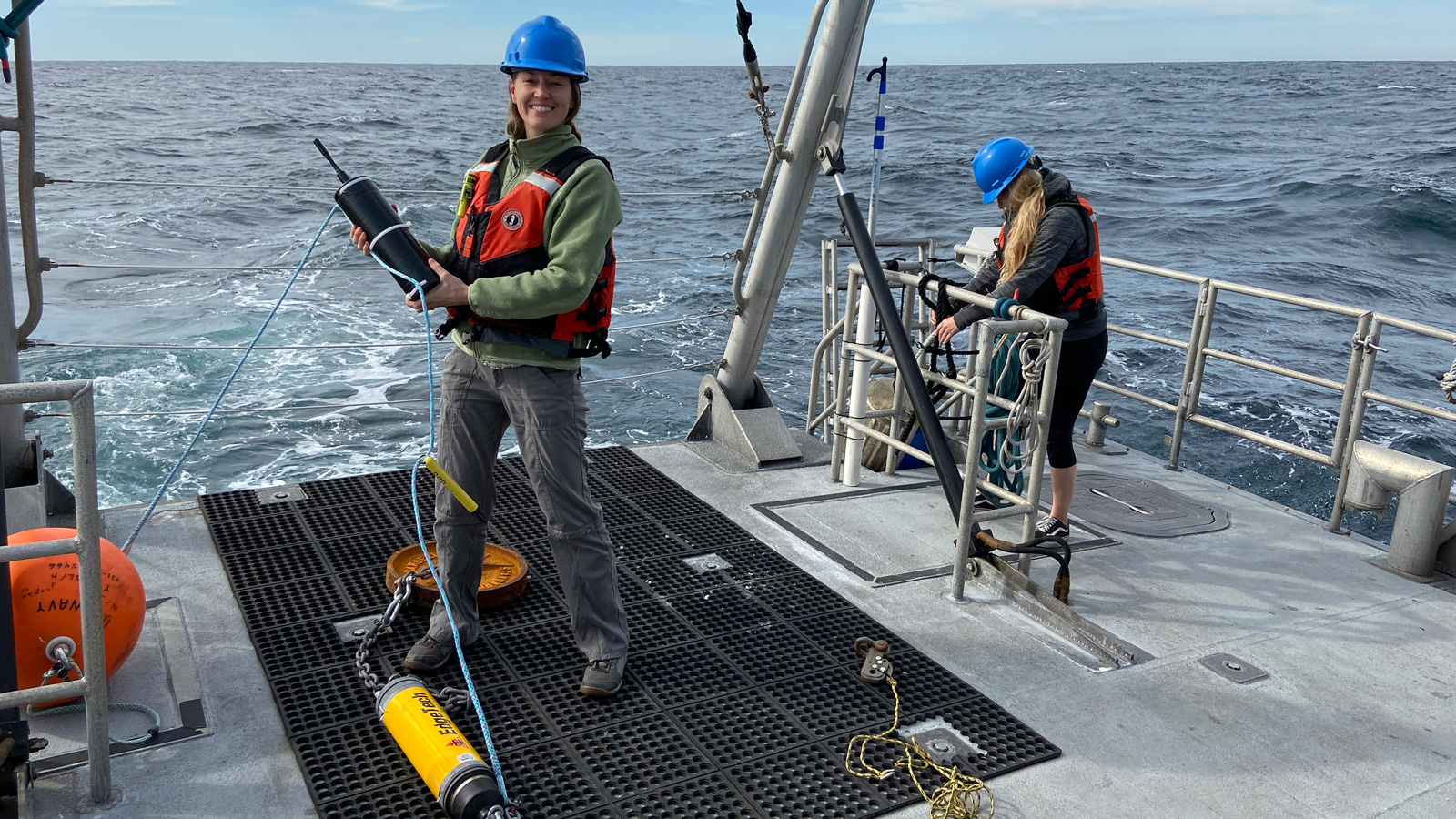Sound Monitoring

NOAA’s Office of National Marine Sanctuaries maintains a nationally coordinated underwater sound monitoring network across the National Marine Sanctuary System. We work with partners to study sound within ten existing and two proposed national marine sanctuaries off the US East Coast, in the Gulf of Mexico, off the West Coast and in the Pacific Islands region. Recordings and standardized sound measurements are available through the NOAA National Centers for Environmental Information’s Passive Acoustic Archive. The ONMS Sound network supports the program’s understanding and protection of sanctuaries including:
- restoration efforts
- effectiveness of and compliance with regulations
- quantifying sanctuary usages
- assessing human impacts



For more information, contact:
National Coordinator
Leila Hatch
leila.hatch@noaa.gov
West Coast Region Coordinator
Lindsey Peavey Reeves
lindsey.peavey@noaa.gov
Eastern Region Coordinator
Timothy Rowell
timothy.rowell@noaa.gov
Pacific Islands Region Coordinator
Eden Zang
eden.zang@noaa.gov

